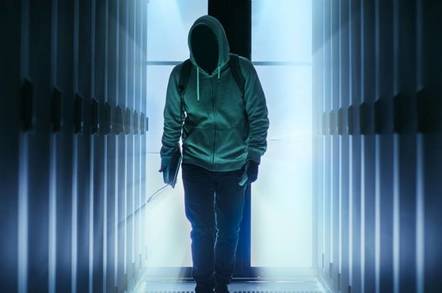advertisement
NetSarang updates latest software following detection of malware attack
NetSarang released the latest version of its software following detection by Kaspersky Lab of a malware attack that uses backdoor…

NetSarang released the latest version of its software following detection by Kaspersky Lab of a malware attack that uses backdoor to download further malicious modules or steal data.
Kaspersky Lab experts discovered a backdoor planted in a server management software product used by hundreds of large businesses around the world prompting NetSarang to release an updated version of the software without the malicious code.
“To combat the ever-changing landscape of cyberattacks NetSarang has incorporated various methods and measures to prevent our line of products from being compromised, infected, or utilised by cyber espionage groups. Regretfully, the Build release of our full line of products on July 18th, 2017 was unknowingly shipped with a backdoor which had the potential to be exploited by its creator,” said NetSarang in an official statement.
advertisement
The malware known as ShadowPad is one of the largest known supply-chain attacks. Had it not been detected and patched so quickly, it could potentially have targeted hundreds of organisations worldwide.
Kaspersky Lad conducted investigations which showed that the source of these requests was server management software produced by a legitimate company and used by hundreds of customers in industries like financial services, education, telecoms, manufacturing, energy, and transportation. The most worrying finding was the fact that the vendor did not mean for the software to make these requests.
Further Kaspersky Lab analysis showed that the suspicious requests were actually the result of the activity of a malicious module hidden inside a recent version of the legitimate software. Following the installation of an infected software update, the malicious module would start sending DNS-queries to specific domains (its command and control server) at a frequency of once every eight hours.
advertisement
The request would contain basic information about the victim system (user name, domain name, host name). If the attackers considered the system to be “interesting”, the command server would reply and activate a fully-fledged backdoor platform that would silently deploy itself inside the attacked computer. After that, on command from the attackers, the backdoor platform would be able to download and execute further malicious code.
“ShadowPad is an example of how dangerous and wide-scale a successful supply-chain attack can be. Given the opportunities for reach and data collection it gives to the attackers, most likely it will be reproduced again and again with some other widely used software component. This case shows that large companies should rely on advanced solutions capable of monitoring network activity and detecting anomalies. This is where you can spot malicious activity even if the attackers were sophisticated enough to hide their malware inside legitimate software,” said Igor Soumenkov, security expert, Global Research and Analysis Team, Kaspersky Lab.